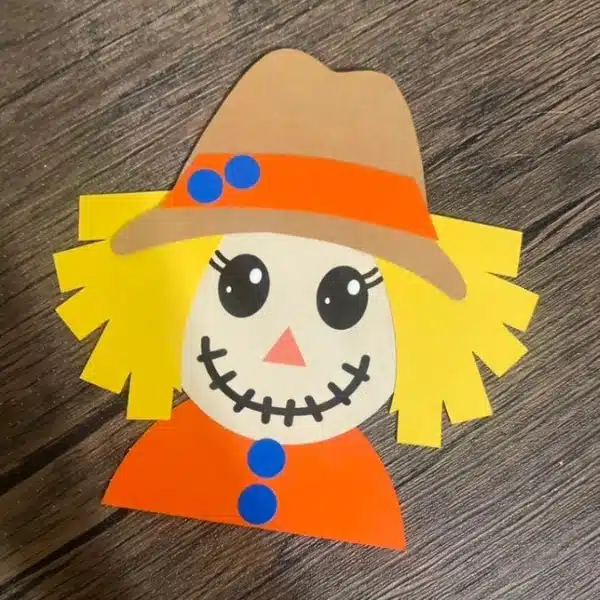Ikebana Today
View this post on Instagram
Today ikebana is an internationally recognized practiced, exported from Japan in the mid-20th century by enthusiasts from around the world. Styles like Moribana, which was established in the early 20th century, allowed for the incorporation of Western flowers. Moribana arrangements typically use a kenzan to keep stems upright in low, circular vases. This style continues to be popular thanks to its flexibility.
While Moribana uses a three-stem system in its composition, there is also freestyle ikebana. Freestyle is used to describe creative arrangements that do not adhere to triangular compositions. This allows practitioners to liberate themselves from rules and follow their instincts in order to express their creativity through nature.

Stock Photos from ngoc tran/Shutterstock
Japanese Flower Arranging Supplies and Resources
A great foundation for learning the principals of ikebana is Shozo Sato’s book Ikebana: The Art of Arranging Flowers. Sato is a world-renowned expert in ikebana. This book, which covers all the major schools and styles of Japanese flower arranging, was first published in 1968 and remains an essential guide to learning the craft. Another great option is Keiko Kubo's guide to contemporary ikebana. This book is filled with inspiration and step-by-step instructions for 20 different modern arrangements.
If you're looking for a free online resource, Nadia El Borai has created a comprehensive Ikebana Wikipedia, and it's available in multiple languages!
Aside from plants and flowers, essential ikebana supplies include a kenzan—or flower frog—which is a metal device with pins that is placed at the bottom of the vase. Not meant to be seen in the final design, the kenzan is used to hold stems in place and comes in a variety of shapes, the most common being round or rectangular. It's a good idea to get a kenzan with a rubber backing so it won't slide around within the vase.
Other ikebana supplies include a good pair of flower arranging shears that are sharp enough to cut through stems and branches of varying width. Floral tape and floral wire will also allow you to better manipulate stems and branches, while the vase used will be dictated by the style of ikebana practiced.

Stock Photos from FotoKina/Shutterstock
Ikebana Vases
There are so many sizes and shapes of ikebana vases. Whether you need a tall, upright vase or a shallow, rectangular vase will depend on the style of arrangement. If you are practicing freestyle ikebana, you'll be even more liberated to experiment with shapes and designs. Some ikebana vases have a built-in kenzan, while others will simply have a place to hide the flower frog from view.
The Japanese believe that the vessel is key to helping preserve the flowers for longer periods. The opening of the vase allows in more oxygen, which helps the water remain sweeter and this is why open neck vases are more often used. Low, flat vases are often used in the summer to mimic natural landscapes, and colors like pastels or soft bronzes reinforce the idea of nature.
Let's look at some of the beautiful ikebana vases that can be used in Japanese flower arranging.

Boyce Studio | $174.99

Houzz | $79.95

Youfui | $14.99

SookjaeArt | $100

Doug Smith Pottery | $29

Nell Hazinski Pottery | $70

Glass by Marcela | $186

Georgetown Pottery | $30

Boyce Studio | $114.99

Ken's Garden Party | $48

Georgetown Pottery | $32

Neal Pottery | $20
Related Articles:
The Unique History and Fascinating Evolution of the Japanese Kimono
Wabi-Sabi: The Japanese Art of Finding Beauty in Imperfect Ceramics
How to Make Your Own Woodblock Print Like the Japanese Masters
The Significance of Cherry Blossoms in Japanese Art & Culture
Art History: Ancient Techniques and Evolution of Traditional Japanese Tattoos






















































































